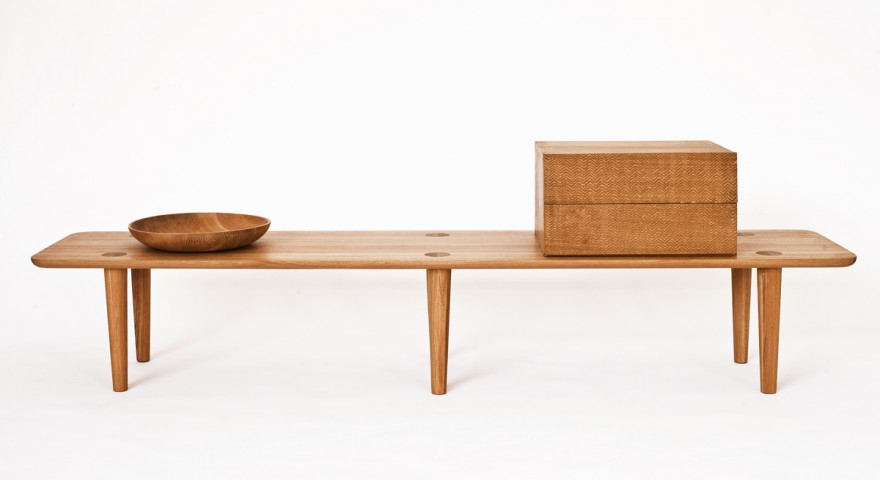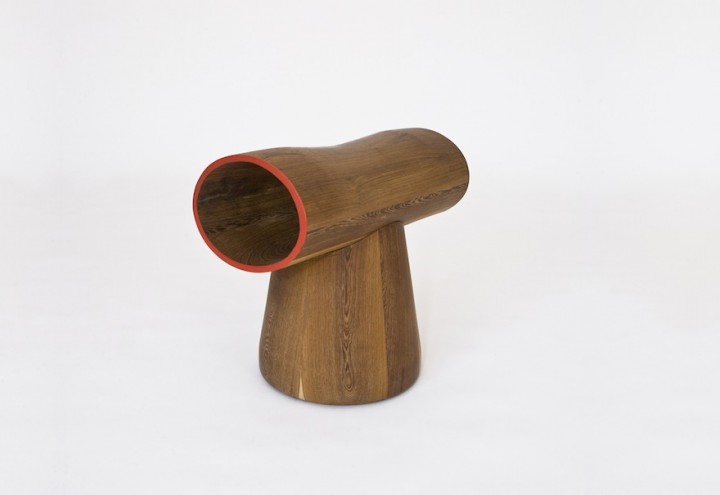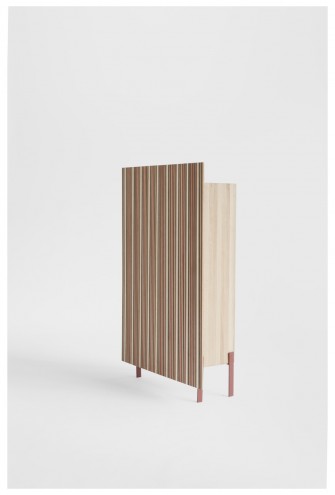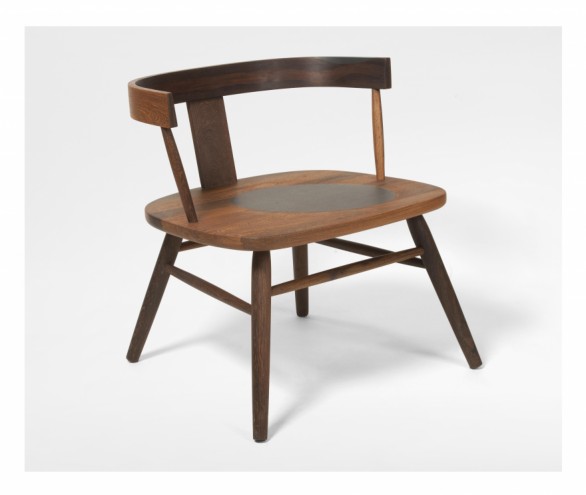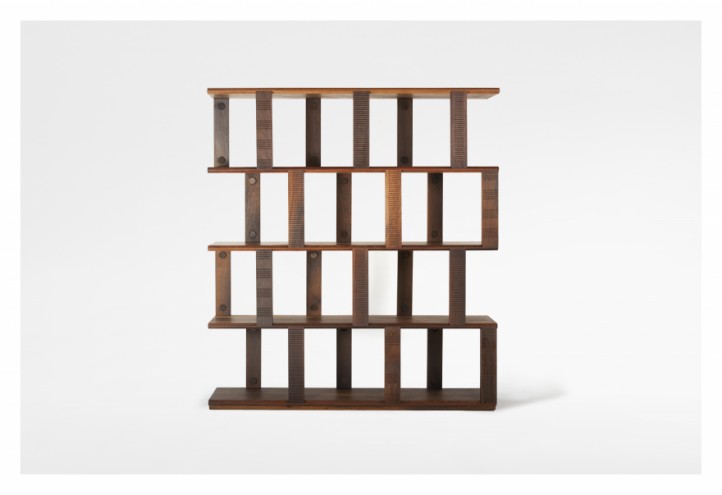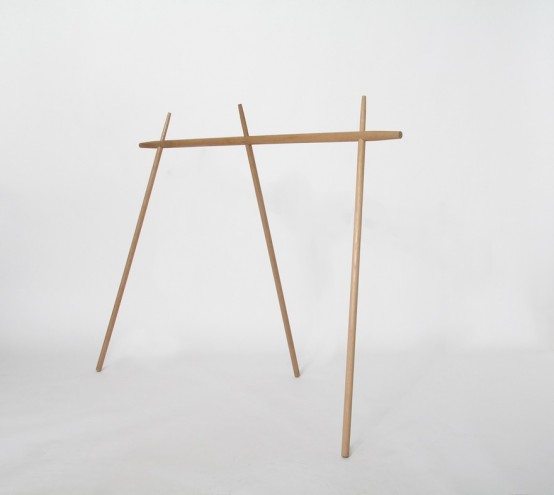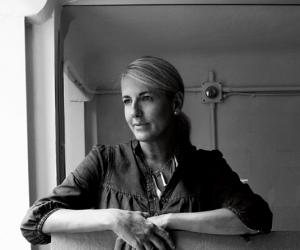Self-taught in the art of furniture making, Gaborone-based Peter Mabeo’s furniture studio creates sustainable, artisanal pieces that celebrate African heritage and support local craft economies. Despite this, Mabeo is not opposed to entering into meaningful collaborations with celebrated international designers such as Patricia Urquiola, Patty Johnson and Scholten & Baijings.
Mabeo launched the studio ten years ago, making custom furniture for local projects in Botswana. Today, Mabeo exhibits at international design fairs such as Milan Design Week, the International Contemporary Furniture Fair in New York, and the London Design Festival. Mabeo’s studio is creating a bespoke product and catering to a niche market, distinguishing the studio as an authentic yet modern brand and challenging the perception about the quality of African production.
The studio’s aesthetic is inspired by paradoxical ways of thinking and working: the differences between societies and cultures, between the free-form thinking of African craftsmen and women and the structured approach of international design, the divided approaches of business and social responsibility and the tensions that exist between art and commerce.
What is the market for bespoke furniture like in Botswana?
Although it is quite a common statement, I have come to realise for myself that there are no geographical or national boundaries when appreciating design. All over the world there are pockets of people who take interest in aesthetics and beauty. There seems to be though, a growing interest in design worldwide and Botswana is no exception. However, the small overall population combined with other factors has made working from Botswana challenging in this regard.
How would you describe your aesthetic or style?
The consistency of the aesthetic language results from our approach, the craft, the design collaborations and cultural interests. We are of course interested in what people like, but the real source of interest comes from where we are at any given time. This may change, but attention to living and thinking simply, the beauty of pure materials, and in design and craft, especially in the African context, have resulted in those who come into contact with our work, perceiving this interest with no words necessary.
What materials do you work in? Are they readily available in Botswana?
Our primary material so far is wood, which we source from an organisation that harvests wood sustainably and takes community development quite seriously. There are challenges around sustainability and inclusiveness in the world, and Africa is in no way immune. We also have on-going product development with other craftsmen and women who work with different materials such as clay and plant based weaving techniques.
What is the African market for furniture making like?
It’s challenging but the market has great potential, and there is a growing interest. There are rapid changes all over the continent and good design education, not just the formal kind, can help a great deal as we develop at this rapid pace. A characteristic aesthetic will develop from the careful evolution of material culture and from traditional craft influencing consumer goods.

